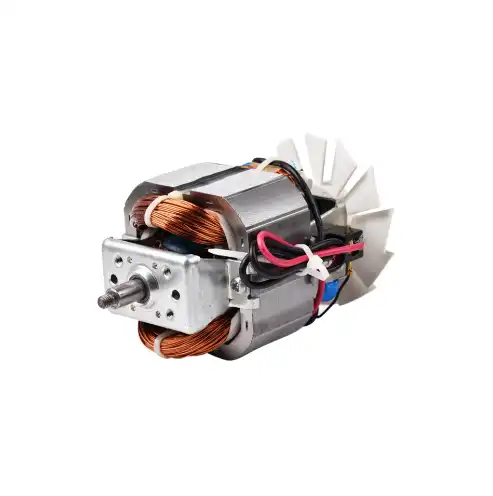Why is Hygiene Important in Vending Machine Cup Dispensers?
2024-07-02 10:15:11
Introduction
Hygiene is a critical factor in the functionality and user satisfaction of vending machine cup dispenser. Ensuring that these machines maintain high hygiene standards helps prevent contamination, ensures customer safety, and enhances the overall user experience. This blog post will delve into the importance of hygiene in cup dispensers, exploring its significance through three key questions: "How does poor hygiene affect customer health?", "What features ensure hygienic dispensing?", and "How can regular maintenance enhance hygiene?" By understanding these aspects, vending machine operators can make informed decisions to maintain and improve the hygiene of their machines.
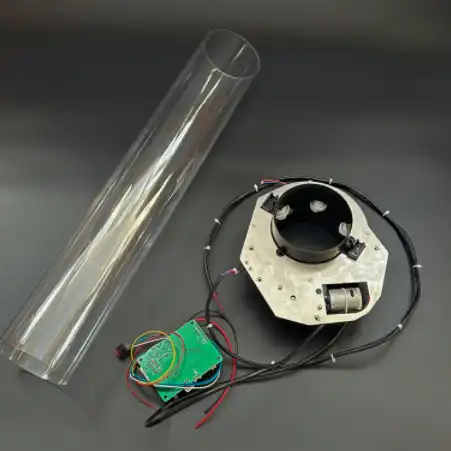
How Does Poor Hygiene Affect Customer Health?
Poor hygiene in vending machine cup dispenser can have serious implications for customer health. Contaminated dispensers can harbor bacteria, viruses, and other pathogens that can lead to illness. Understanding the health risks associated with poor hygiene is crucial for vending machine operators.
Health Risks of Contaminated Dispensers
Bacterial Infections: Bacteria such as E. coli and Salmonella can thrive in dirty environments. If these bacteria contaminate the cups dispensed by the machine, they can cause foodborne illnesses, leading to symptoms like stomach cramps, diarrhea, and vomiting (Best Espresso Machine Reviews by EMP) .
Viral Contamination: Viruses, including norovirus and rotavirus, can also be present on surfaces that are not regularly sanitized. These viruses are highly contagious and can cause severe gastrointestinal distress.
Allergic Reactions: Cross-contamination can occur if the vending machine is not properly cleaned, potentially exposing customers to allergens. For individuals with severe allergies, even trace amounts of an allergen can trigger a reaction.
Case Studies and Real-World Examples
There have been several instances where poor hygiene in vending machines has led to outbreaks of illness. For example, a study by the Centers for Disease Control and Prevention (CDC) highlighted an outbreak of gastroenteritis linked to contaminated vending machine cups in a workplace setting . This incident underscores the importance of maintaining strict hygiene protocols to prevent such occurrences.
Customer Perception and Trust
Hygiene not only affects physical health but also influences customer perception and trust. A vending machine perceived as unhygienic can deter customers, leading to reduced usage and, consequently, lower revenue. Maintaining high hygiene standards helps build trust and encourages repeat business.
What Features Ensure Hygienic Dispensing?
Hygienic dispensing is a critical consideration in various settings, from food service to healthcare environments. Several key features contribute to ensuring hygienic dispensing practices.
Touchless Operation
Touchless dispensers, whether for cups, towels, or other items, minimize direct contact between users and the dispenser itself. This feature reduces the risk of cross-contamination and helps maintain hygiene standards by eliminating touchpoints that could harbor germs.
Sealed Dispensing Mechanisms
Dispensers with sealed mechanisms help protect the contents, such as cups or paper products, from exposure to external contaminants. This feature ensures that items remain clean and sanitary until they are dispensed for use.
Electronic Sensors
Dispensing mechanisms are activated by automatic sensors without users having to physically touch them.
By removing the requirement to touch potentially contaminated surfaces, this feature not only improves user convenience but also reduces the likelihood of the spread of germs.
Antimicrobial Products
Some dispensers are made of antimicrobial materials or have antimicrobial coatings on them.
These materials make the dispenser surfaces safer and cleaner by preventing the growth of pathogens and bacteria on them.
Surfaces That Are Simple to Clean
Distributors planned with smooth, non-permeable surfaces are more straightforward to clean and sanitize consistently.
In areas with a lot of foot traffic and frequent dispenser use, this feature is absolutely necessary to maintain hygiene standards.
Dispensing for a Single Use
The individual dispense of each item, like a cup or towel, is ensured by single-use dispensing mechanisms.
This reduces the likelihood of germ transmission by preventing multiple users from touching the same item.
Refill Indicator Systems
Dispensers equipped with refill indicator systems notify operators when supplies are low or empty. Prompt refilling helps maintain continuity of service and prevents situations where users may attempt to use an empty dispenser, potentially compromising hygiene.
Hygienic Storage and Dispensing Practices
Proper storage and dispensing practices, including regular cleaning and maintenance routines, are crucial for ensuring ongoing hygiene.
Dispensers should be inspected periodically to ensure functionality and cleanliness.
Compliance with Hygiene Standards
Dispensers that comply with industry standards and regulations for hygiene and sanitation help ensure consistent adherence to best practices. Manufacturers may design their products to meet specific guidelines to support customer health and safety.
User Education and Training
Educating users on proper dispenser use and hygiene practices reinforces the effectiveness of hygienic dispensing features. Clear instructions and signage can encourage compliance and help maintain a hygienic environment.
In conclusion, integrating features such as touchless operation, sealed mechanisms, anti-microbial materials, and easy-to-clean surfaces into dispensing systems plays a crucial role in promoting hygienic practices. These features not only mitigate the risk of germ transmission but also enhance user confidence in the cleanliness and reliability of dispensers across various environments. By prioritizing these aspects, businesses and organizations can uphold rigorous hygiene standards and contribute to a healthier, safer environment for all users.
How Can Regular Maintenance Enhance Hygiene?
Regular maintenance is critical to ensuring that vending machine cup dispenser remains hygienic. Implementing a consistent maintenance schedule can prevent the buildup of contaminants and ensure that the machine operates efficiently.
Establishing a Cleaning Routine
Daily Cleaning: Wipe down all exterior surfaces with disinfectant wipes, paying special attention to high-touch areas such as buttons and levers.
Weekly Deep Cleaning: Conduct a thorough cleaning of the interior components, including the vending machine cup dispenser and any storage areas. Use approved sanitizing solutions to disinfect these parts.
Monthly Maintenance: Perform a comprehensive inspection of the machine, checking for any signs of wear or damage that could compromise hygiene. Replace any parts as needed and ensure that all cleaning mechanisms are functioning correctly.
Staff Training and Responsibilities
Training staff on proper cleaning and maintenance procedures is crucial. Employees should be knowledgeable about the specific cleaning protocols for each machine and understand the importance of maintaining high hygiene standards. Providing regular training sessions can help keep staff updated on best practices and new technologies.
Monitoring and Documentation
Keeping detailed records of all cleaning and maintenance activities can help ensure that no steps are overlooked. Use a checklist to document daily, weekly, and monthly tasks, and review these records regularly to identify any areas for improvement.
Leveraging Technology for Hygiene
Technology can play a significant role in maintaining hygiene. Some vending machines come with built-in sensors that alert operators when cleaning is needed or when a component requires maintenance. Utilizing these features can help ensure timely interventions and maintain a high level of hygiene.
Conclusion
Hygiene is a paramount concern in vending machine cup dispenser, impacting both customer health and business success. By understanding the health risks associated with poor hygiene, recognizing the features that promote hygienic dispensing, and implementing regular maintenance routines, operators can ensure their machines provide a safe and satisfying experience for customers.
References
1.CDC. "Outbreak of Gastroenteritis Associated with Contaminated Vending Machine Cups in a Workplace Setting." Retrieved from cdc.gov
2.Espresso Machine Picks. "5 Best Coffee Maker with K Cup Option [7 Factors To Consider]." Retrieved from espressomachinepicks.com
3.Restaurantware. "Coffee Dispenser Buying Guide." Retrieved from restaurantware.com
4.Compact Appliance. "How to Choose the Best Coffee Maker: Buyer's Guide." Retrieved from learn.compactappliance.com
5.OnCoffeeMakers. "8 Factors to Note for Your Coffee Shop Location Analysis." Retrieved from oncoffeemakers.com
Send Inquiry
Related Industry Knowledge
- Commercial Coffee Machine Spare Parts List
- Differences Between Volumetric Counters And Particle Counters
- How Does Boiler Size Affect Coffee Machine Performance?
- Does a better grinder make better coffee?
- Why is Hygiene Important in Vending Machine Cup Dispensers?
- How Do You Fix a Coffee Grinder Motor?
- Does a grinder make a difference espresso?
- How Does a Vending Machine Cup Dispenser Work?
- How Do Mixing Systems Impact the Efficiency of Coffee Vending Machines?"
- How Often Should You Refill Coffee Vending Machine Canisters?

.webp)

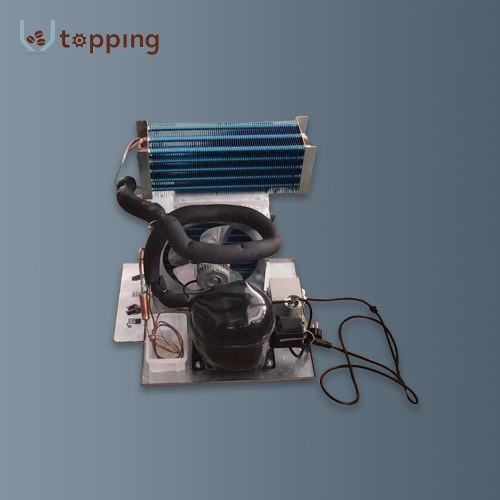
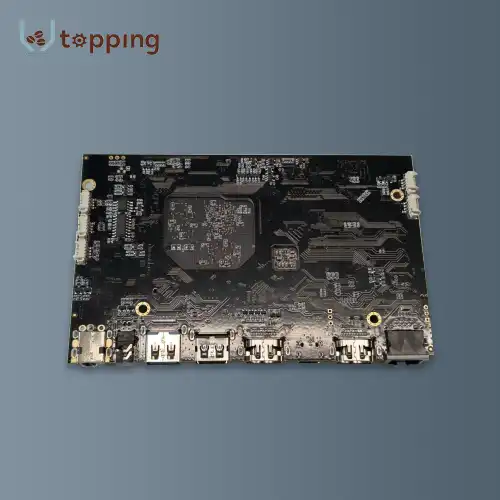
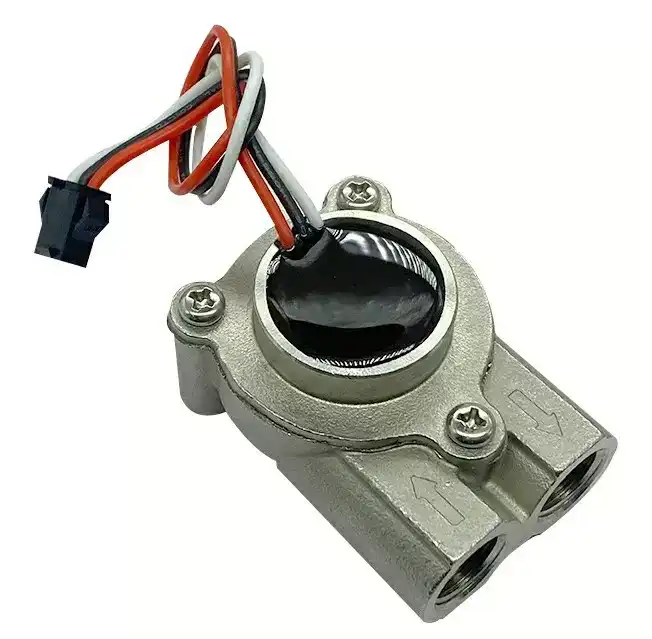

.webp)
